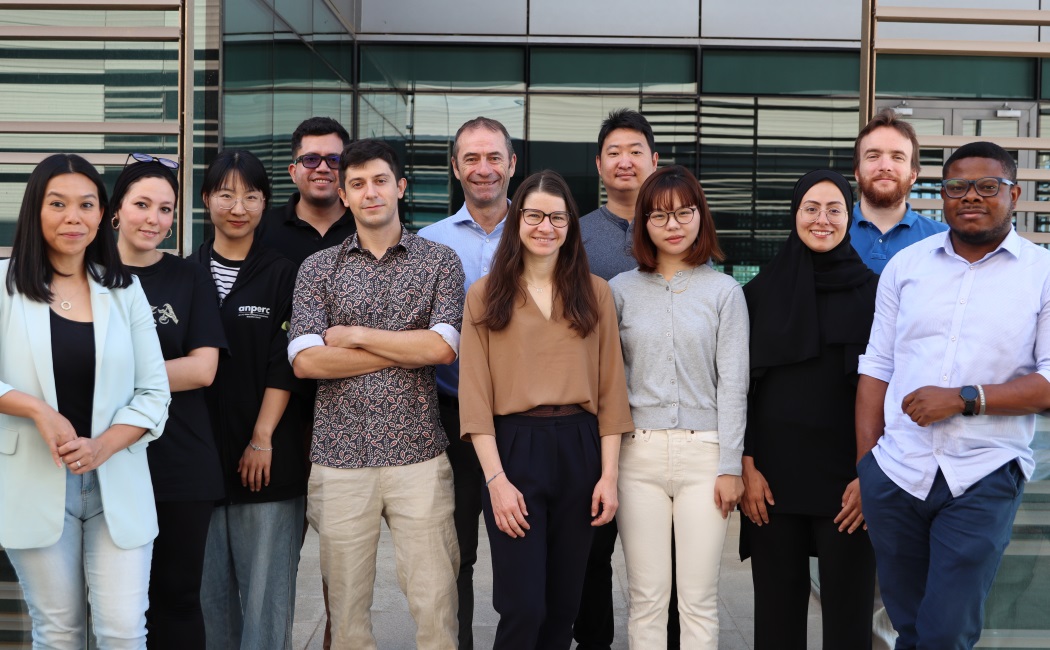.jpg?sfvrsn=1a62d0cb_0)
.jpg?sfvrsn=1a62d0cb_0)


The activities of RockGem address rock- and geomechanical behavior of fractured reservoir rocks (both carbonates and clastics) under drilling, completion, and production conditions – in particular in response to pore pressure changes and how they impact reservoir fluid flow and production. Results from these research activities – conducted mainly in our state of the art
rock mechanics laboratory – provide disruptive insights into rock’s constitutive behavior and associated fluid flow models.
Reducing risk for lost circulation during oil well drilling from KAUST Video on Youtube.
During
drilling, mud circulates in the well to cool the drill bit, stabilize
the well, and transport rock cuttings to the surface. Unfortunately,
certain rock formations have open natural fracture systems, into which
the mud can be lost—risking time, money and safety. Current industry
practices can plug fractures only up to 5mm wide, but reservoirs in the
Middle East (and elsewhere) often have wider fractures. KAUST
researchers built an experimental apparatus that mimics mud loss and
tests new solutions for fractures of up to 50mm wide.
Prof. Carlos Santamarina and Dr. Thomas Finkbeiner are the lead investigators on this unique research project.
.png?sfvrsn=1d752aff_1)